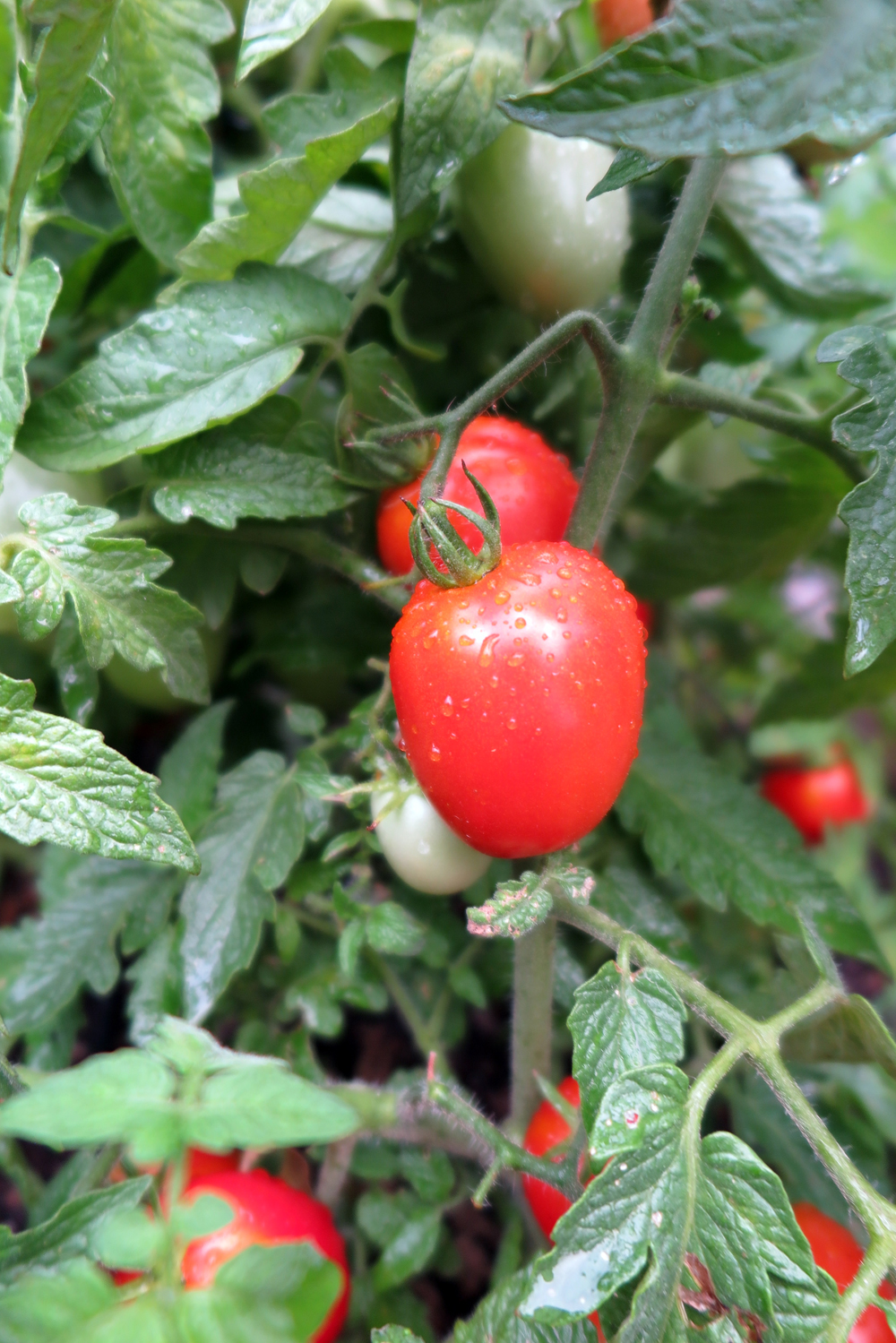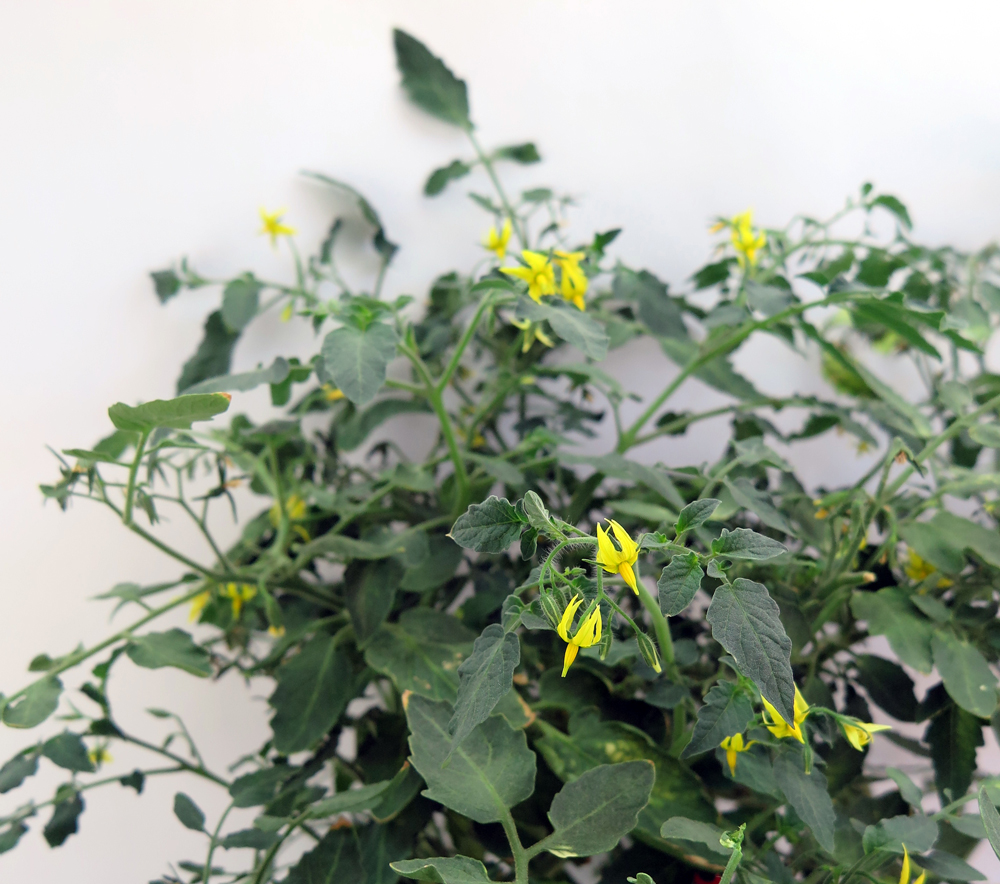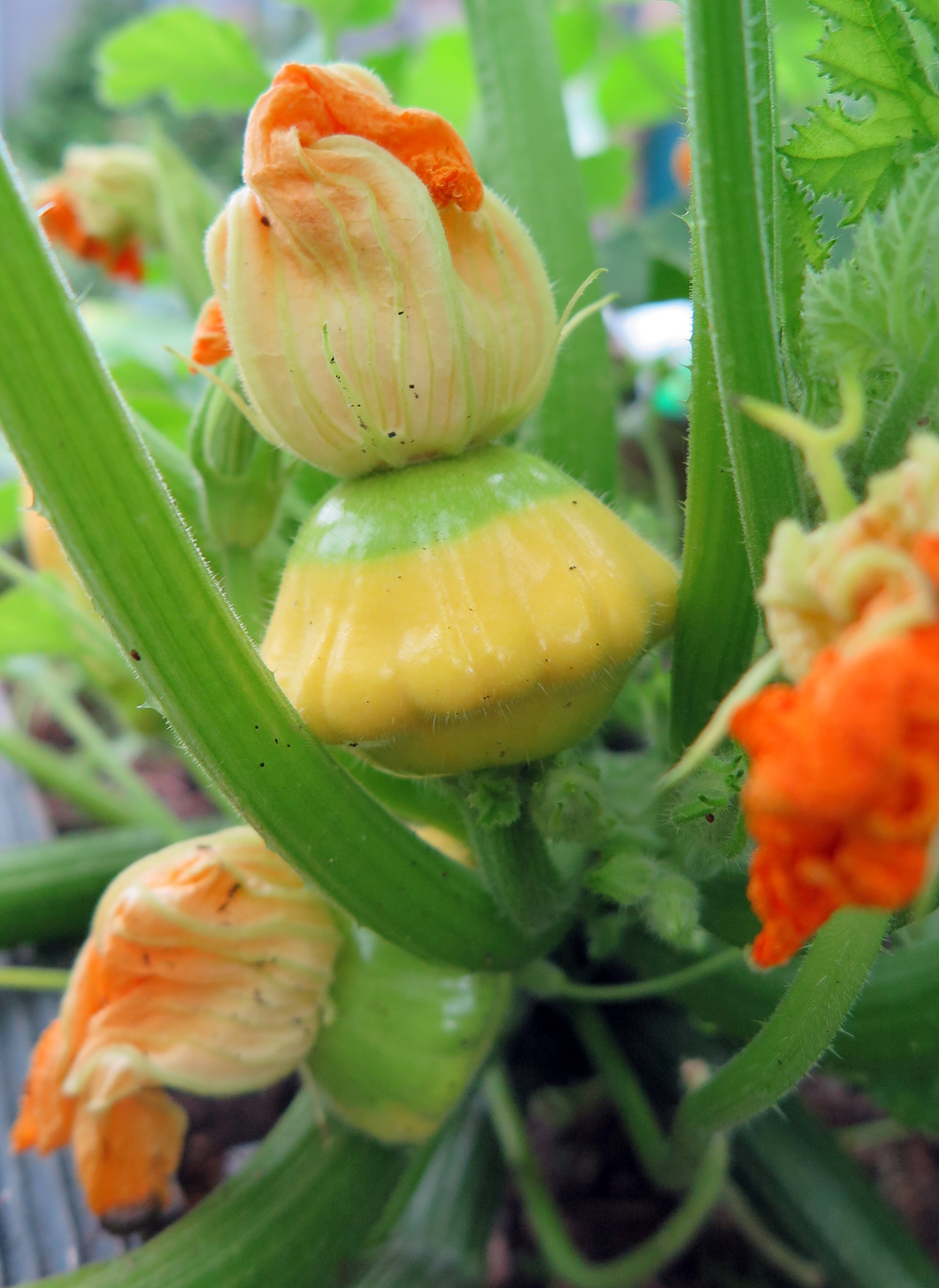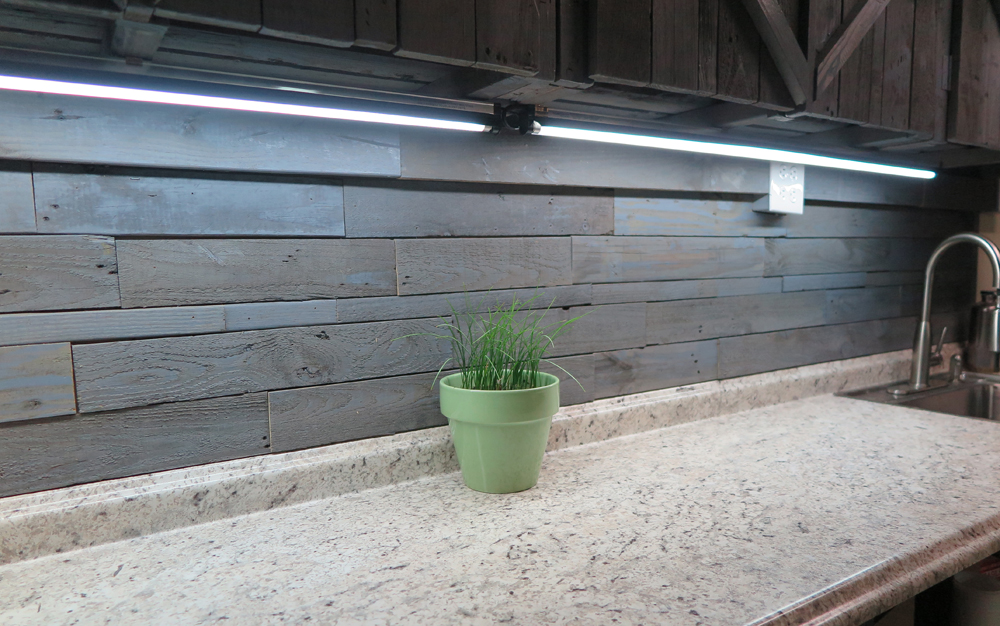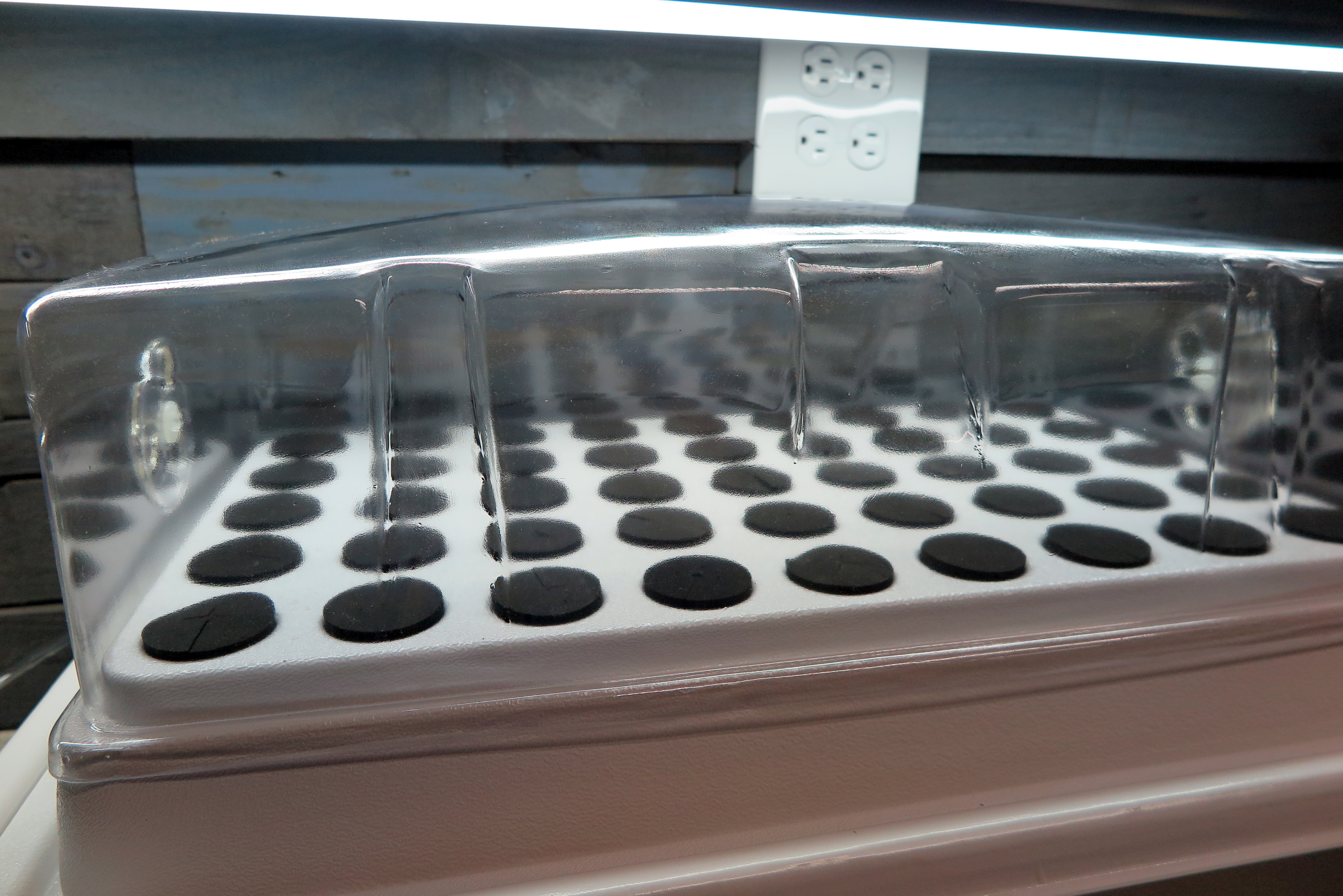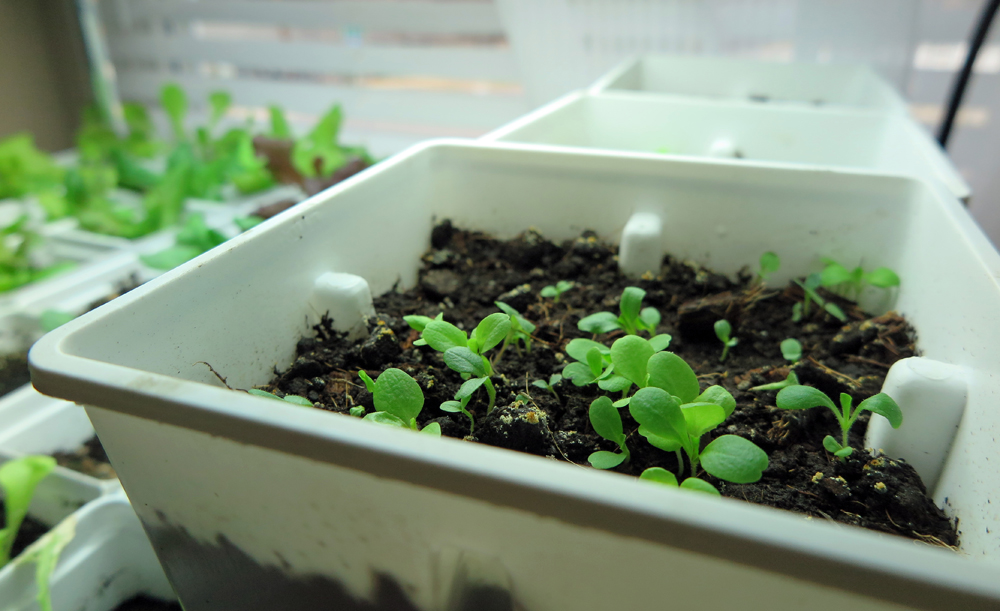Aphids on Peppers
March 23, 2019
When grown outdoors, peppers are a tough and pest resistant crop. Not much likes to munch on pepper foliage or the hot fruit. However, once you grow peppers indoors you'll find there are some pests that can be an issue. Aphids are a common on new pepper plant foliage when grown indoors and on pepper seedlings you're growing indoors to plant outdoors. .
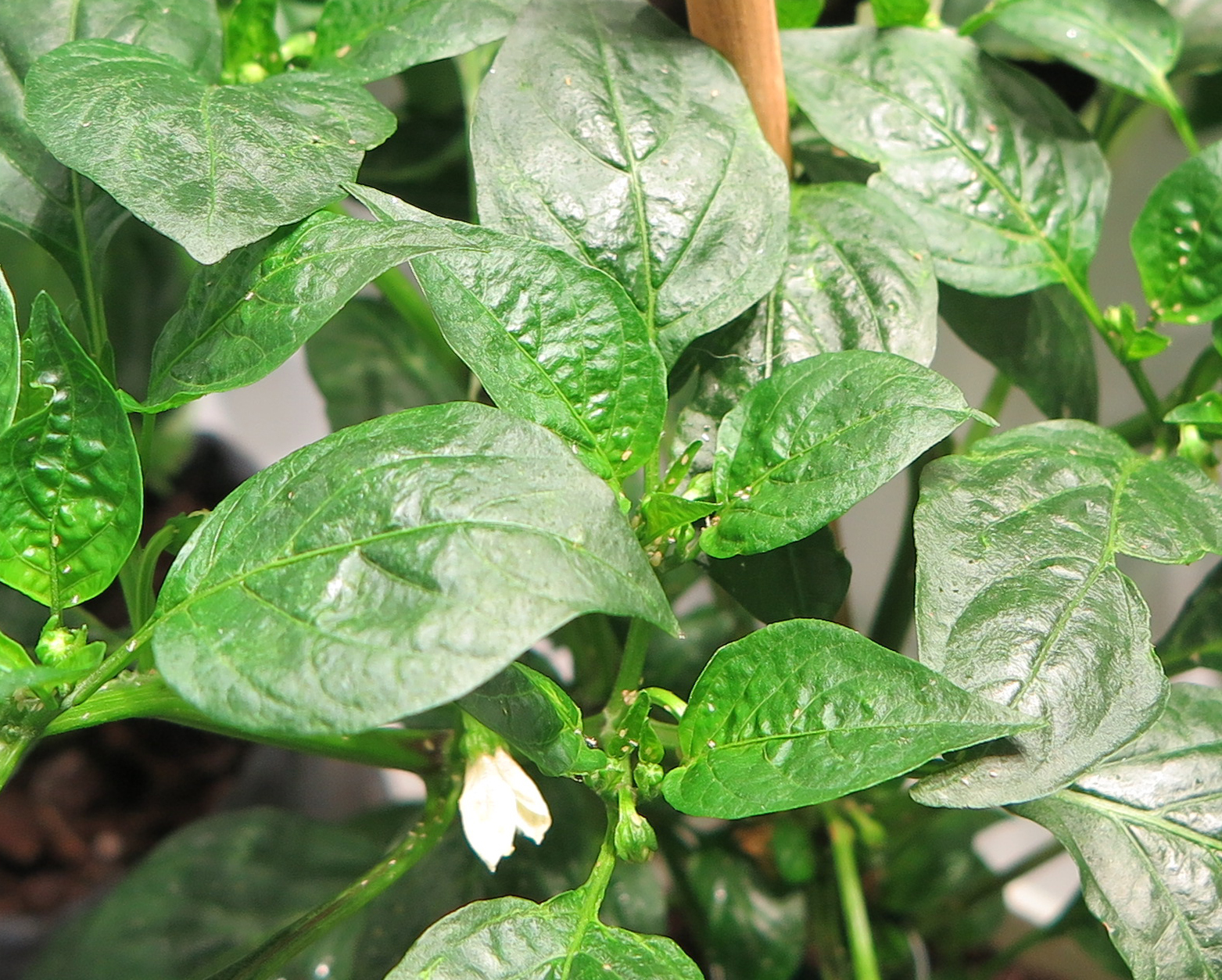
PC: Leslie F. Halleck
Aphids can be difficult to treat as they are persistent on indoor crops. Best methods for control include: sticky traps, horticultural oils, and spinosad sprays.

